Everything about Pill bugs
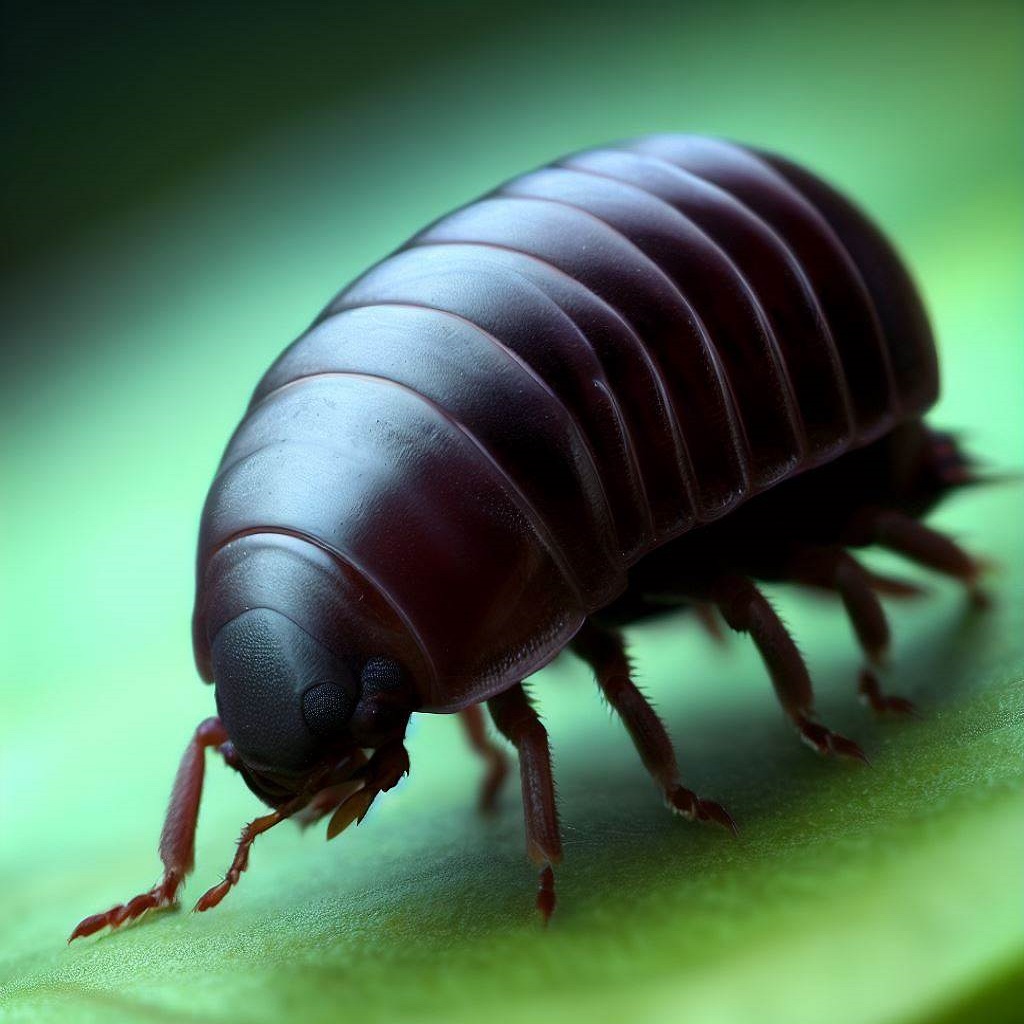
| Everything About Pillbugs | |
|---|---|
| Feature | Description |
| Types | Common Pill Bug (Armadillidium vulgare), Striped Pill Bug (Armadillidium nasatum), Rough Woodlouse (Porcellio scaber). |
| Size | Usually between 0.25 to 0.75 inches in length. |
| Common Habitats | Damp environments like under logs, stones, and in mulch. Often found in gardens and wooded areas. |
| Diet | Decaying plant material, detritus, and occasionally young plants. |
| Behavior | Most active during the night. Known to roll into a ball for protection. |
Dissecting Pill bugs Anatomy
1. Exoskeleton (Cuticle):
– This tough outer layer provides the pill bug with protection against predators and environmental threats.
– Made of chitin, it also prevents dehydration and offers structural support.
2. Antennae:
– Equipped with two pairs; the first pair is easily visible and is used for navigation and sensing, while the second pair is much shorter.
– Important for detecting changes in their environment.
3. Eyes:
– Pill bugs have compound eyes, which are made up of several simple facets that work together to detect light and movement.
4. Pereon (Thorax):
– The central part of the pill bug has seven distinct segments.
– Each of these segments possesses a pair of legs, aiding in movement.
5. Pleon (Abdomen):
– Comprises the latter five segments.
– Not all of its segments are leg-bearing, differentiating it from the pereon.
6. Pleopods:
– These are specialized appendages found on the underside of the abdomen.
– Essential for respiration, they facilitate gas exchange.
7. Telson:
– The final segment at the end of the pill bug’s body.
– It provides balance and stability, especially noticeable when the pill bug curls up defensively.
8. Uropods:
– Situated adjacent to the telson at the rear.
– They serve as sensory organs, helping the pill bug detect changes in its environment.
9. Marsupium:
– A protective pouch located on the ventral side of mature females.
– Provides a safe space for carrying eggs until they’re ready to hatch.
10. Digestive System:
– Encompasses the mouth, esophagus, stomach, and intestines.
– As detrivores, pill bugs eat decomposing organic matter; this system facilitates the digestion of their diet.
11. Excretory System:
– Utilizes specialized tubular structures known as nephridia to function.
– Responsible for waste removal and osmoregulation, ensuring the pill bug maintains a balance of water and salts.
How Do I Get Rid Of Pill bugs?
Eliminating pill bugs requires a two-pronged approach: habitat modification and direct control. Start by reducing moisture in and around your home, as damp environments attract them. Clean up leaf litter and mulch, and ensure good ventilation in basements and crawl spaces.
For preventive measures, consider using diatomaceous earth as a barrier around the house. However, if infestations persist or become problematic, it’s recommended to consult Pill Bug Control & Removal professionals for specialized treatment.
What are the most common types of Pill bugs
in Canada?
Pill bugs, also known as woodlice or “roly-polies,” are common crustaceans found in many parts of the world, including Canada. In Canada, the most common types are:
- Common Pill Bug (Armadillidium vulgare)
- Striped Pill Bug (Armadillidium nasatum)
- Rough Woodlouse (Porcellio scaber)
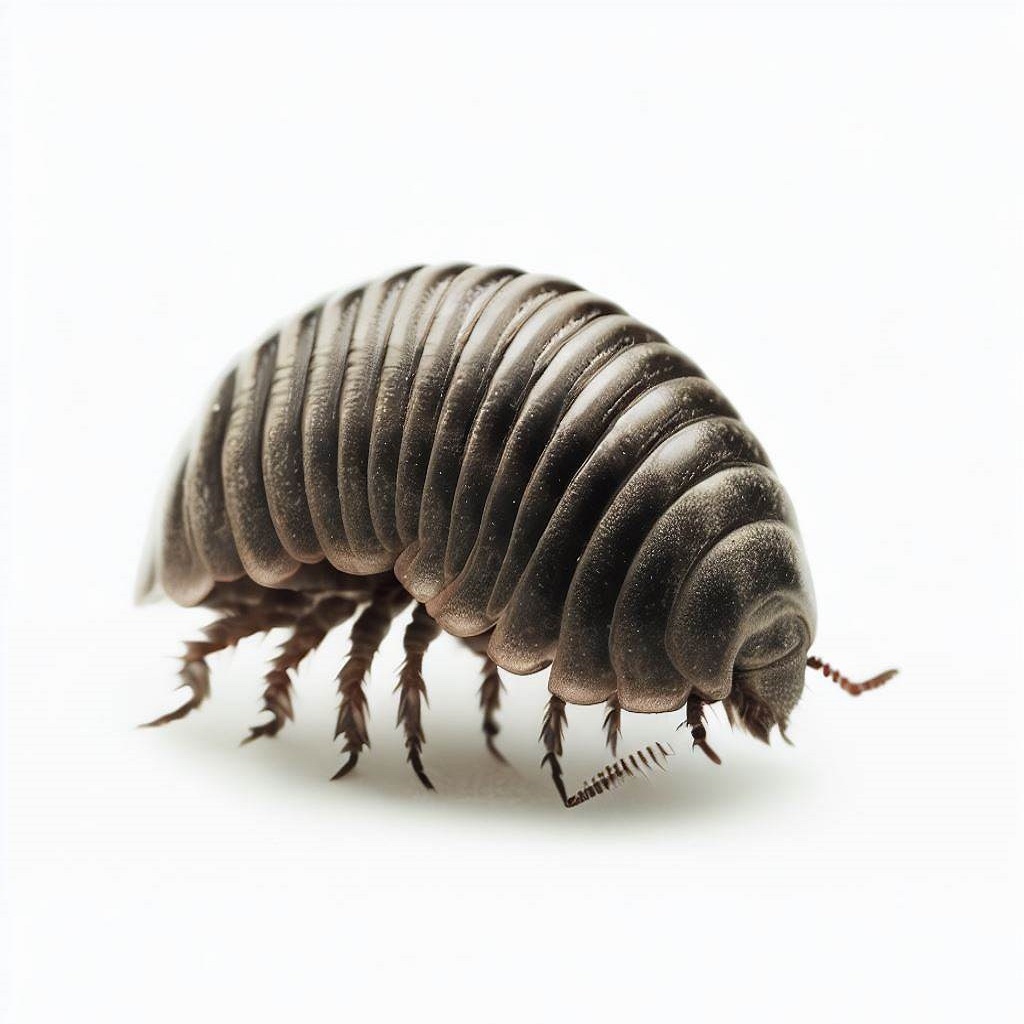
Common Pill Bug
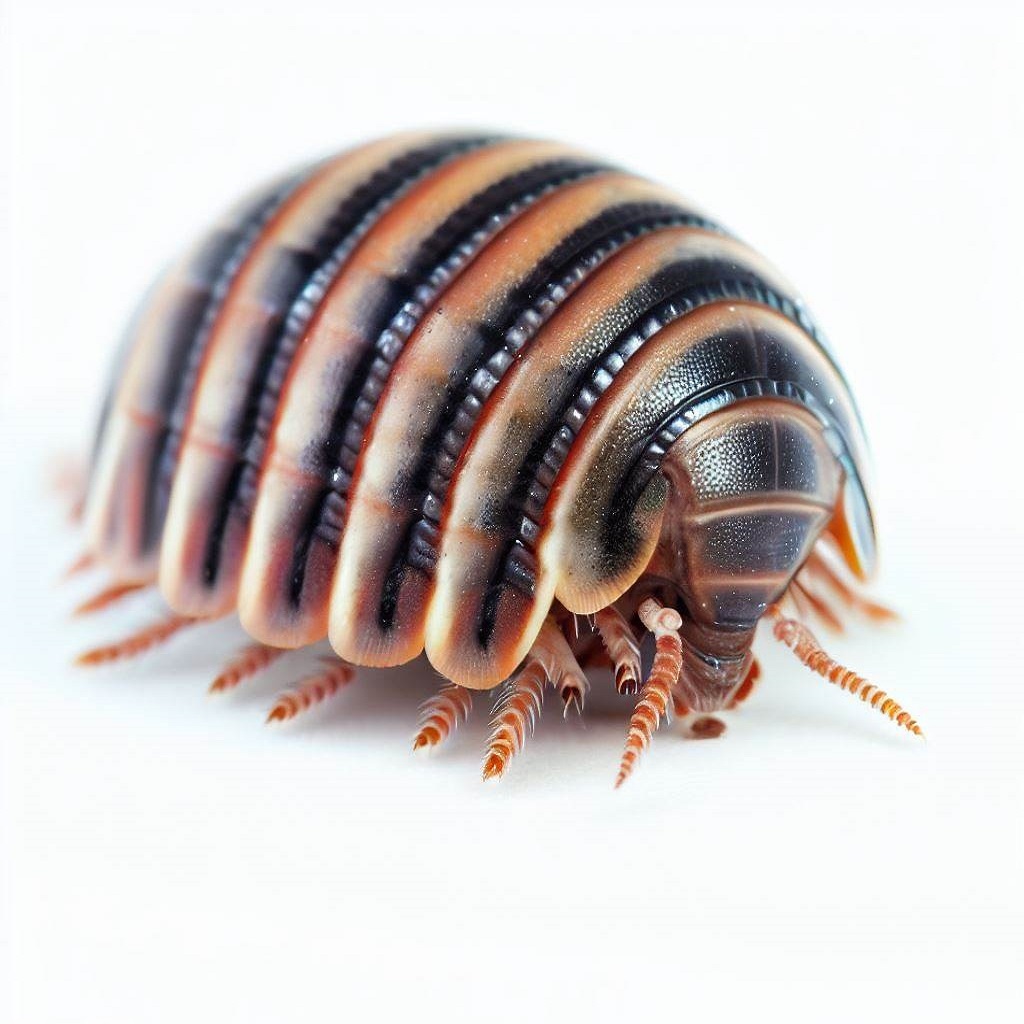
Striped Pill Bug
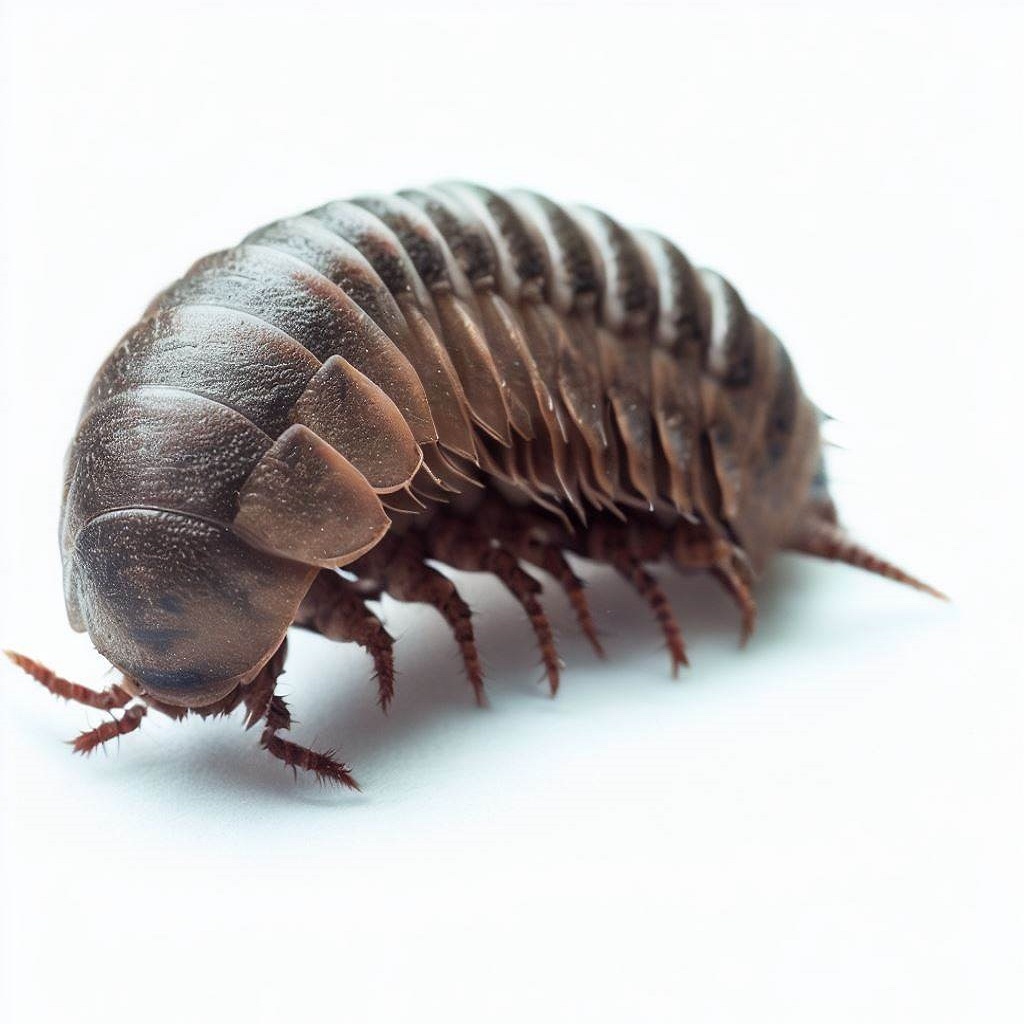
Rough Woodlouse
Call us for a Free Pill bugs Inspection
What are the characteristics of Common Pill Bug?
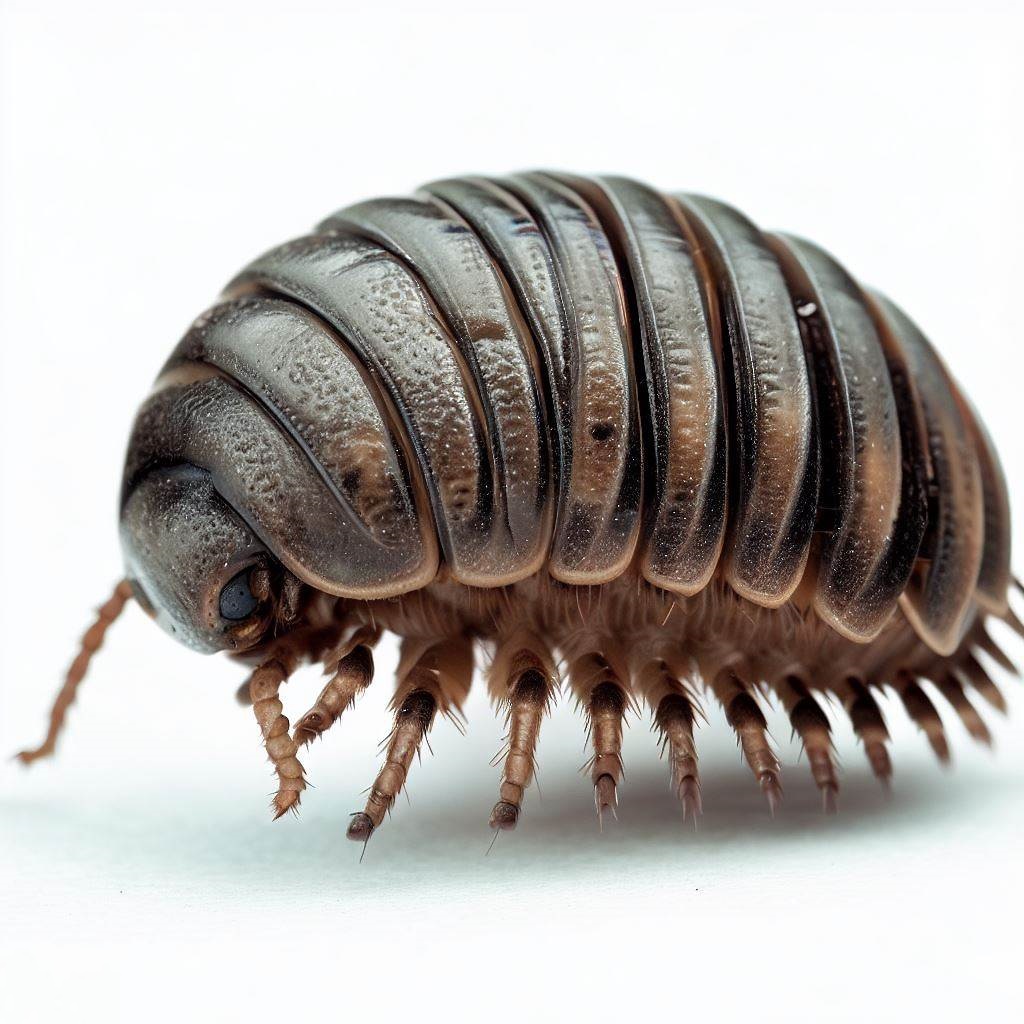
| Characteristics of Common Pill Bug | |
|---|---|
| Feature | Description |
| Size | Adults typically range from 12 to 15 mm in length. |
| Color | Grey to dark brown. |
| Shape | Oval and convex, with a segmented body that can roll into a ball. |
| Legs | Seven pairs of legs. |
| Antennae | Short and segmented, not always easily visible. |
| Habitat | Often found in damp, dark areas like under stones, logs, or leaf litter. |
| Diet | Detritivores, feeding on decaying plant matter. |
| Behavior | Known for their ability to roll into a ball for defense, hence the name "pill bug". |
What are the characteristics of Striped Pill Bug?
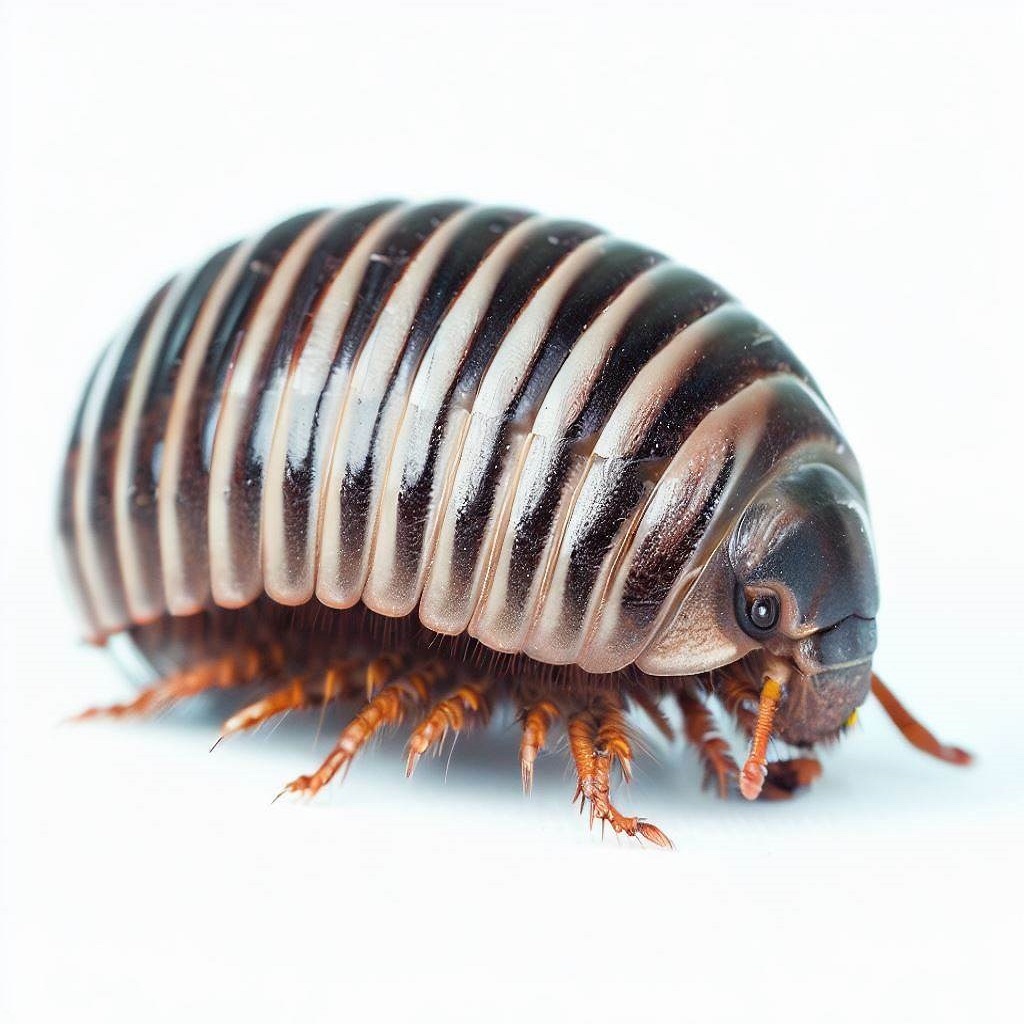
| Characteristics of Striped Pill Bug | |
|---|---|
| Feature | Description |
| Size | Typically ranges from 10 to 15 mm in length. |
| Color | Grey or brown with distinctive longitudinal stripes. |
| Shape | Oval-shaped with a segmented body, capable of rolling into a ball for defense. |
| Antennae | Two pairs, with the primary pair being more prominent. |
| Legs | Seven pairs, one attached to each segment of the thorax. |
| Diet | Decomposed organic matter, including fallen leaves and decaying wood. |
| Habitat | Damp areas, often under rocks, logs, or leaf litter. They prefer moist environments. |
| Behavior | Nocturnal, often hiding during the day and becoming more active at night. |
What are the characteristics of Rough Woodlouse?
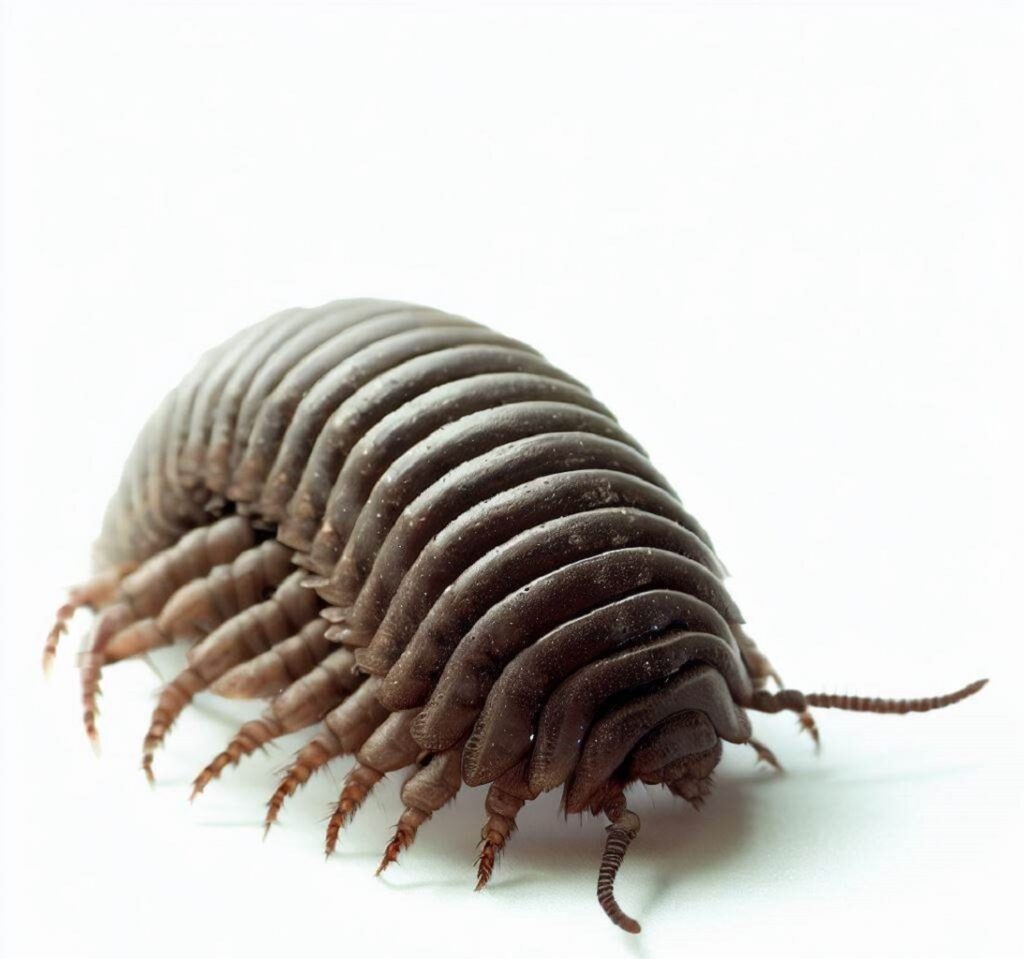
| Characteristics of Rough Woodlouse | |
|---|---|
| Feature | Description |
| Size | Usually about 8 to 12 mm in length. |
| Color | Grey to dark brown, often mottled with irregular patterns. |
| Shape | Oval and somewhat flattened with a rough, textured surface. |
| Antennae | Two pairs, with the primary pair being longer and more noticeable. |
| Legs | Seven pairs, one for each thoracic segment. |
| Diet | Primarily decomposing organic matter like leaf litter and decaying wood. |
| Habitat | Damp and shaded areas, typically found under logs, rocks, and leaf debris. |
| Behavior | Mostly nocturnal, they seek out dark and moist areas during the day to avoid desiccation. |
Call us for a Free Pill bugs Inspection
Top Tips To Prevent Pill bugs Infestations: Essential Guide
- Maintain Dry Conditions:
Pill bugs thrive in damp environments. Using dehumidifiers in basements, ensuring proper drainage around your home, and avoiding over-watering gardens can deter them.
- Seal Entry Points:
Check for and seal any cracks or gaps in your home’s foundation, windows, or doors. This not only prevents pill bugs from entering but also other pests.
- Regularly Clean and Declutter:
Keeping your home and garden tidy reduces hiding spots. Remove decaying leaves, wood, and other organic matter which they feed on.
- Proper Mulching:
Use a thin layer of organic mulch or consider inorganic options like gravel. This reduces the moist habitats that pill bugs prefer.
- Natural Predators:
Encourage the presence of natural predators in your garden, such as birds or toads, as they can help keep the pill bug population in check.
Frequently Asked Questions about Pill bugs
Pill bugs primarily feed on decaying organic matter, such as decomposing leaves, wood, and other plant material. Their diet plays a crucial role in recycling organic material in ecosystems.
Generally, pill bugs are considered beneficial to gardens as they break down organic matter, aiding in decomposition. However, in large numbers or when food sources are scarce, they might nibble on young plants or seedlings. In homes, they are mostly harmless and don’t cause structural damage.
This behavior, known as conglobation, is a defense mechanism. When threatened, pill bugs roll into a ball to protect their softer underparts, using their tough exoskeleton as a shield against predators.
